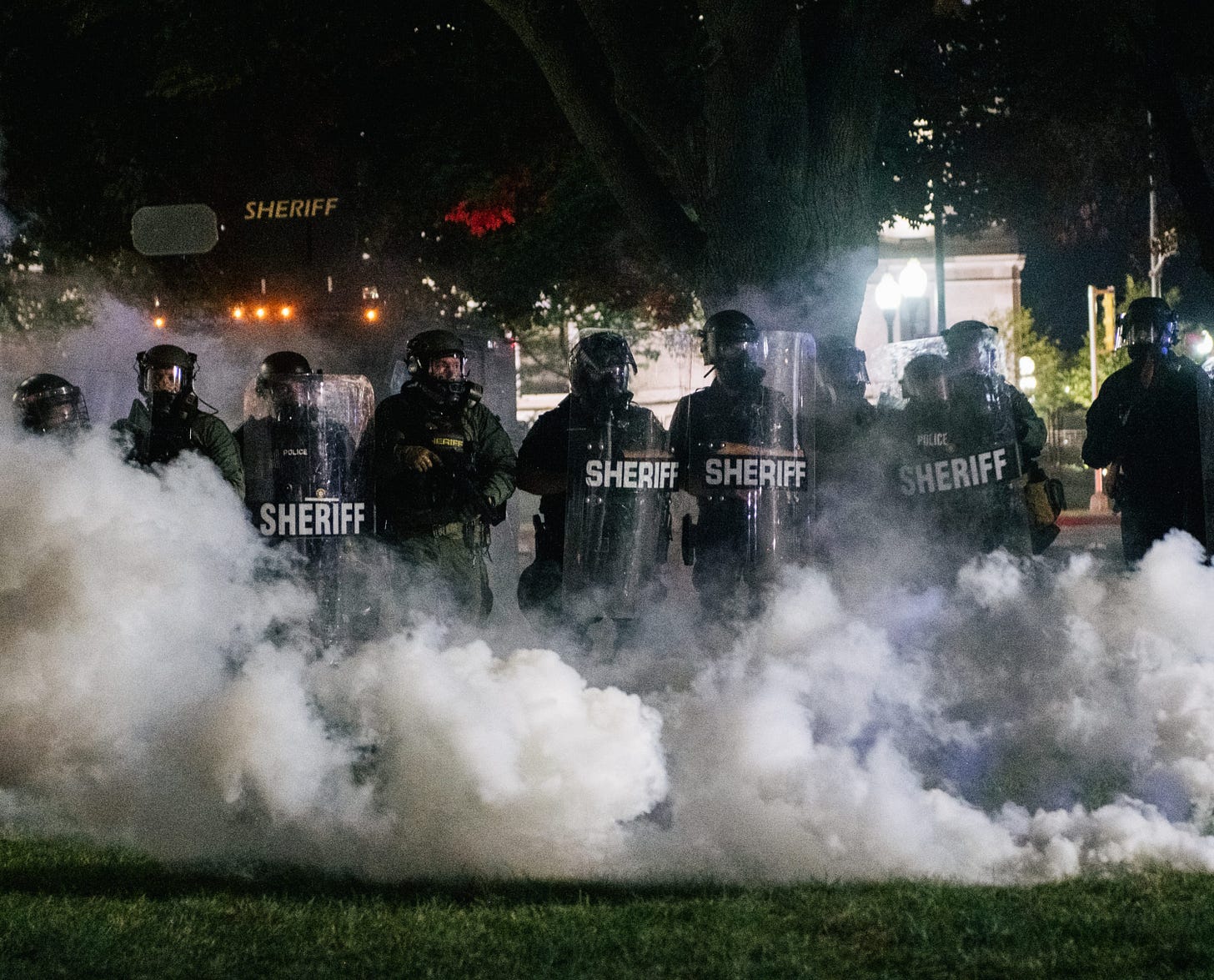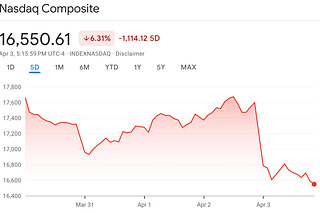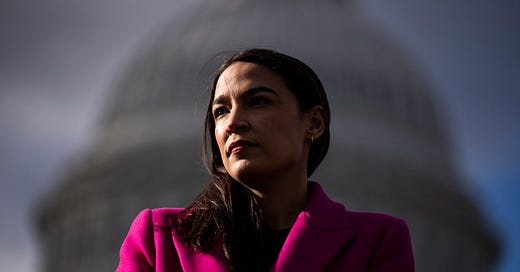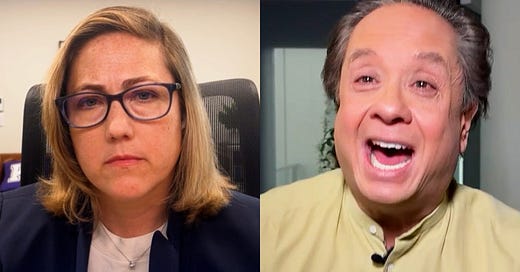

Back in January, when Yuval Levin’s book A Time to Build was published, its thesis seemed reasonable, even persuasive. Levin argues that many of the problems the United States faces today can be traced to broken institutions and a failure to think and act institutionally. Many of our important social and political institutions have been enervated or eliminated. We can at least make a start of ameliorating many of our problems, Levin contends, by protecting, strengthening, investing in, and participating in our institutions.
A thesis that sounded reasonable in January seems prophetic today.
In the months since Levin’s book was published, a series of national crises and failed responses to them have demonstrated just the kinds of institutional failures he described.
The national response to the COVID-19 pandemic has been nothing short of a catastrophe. America has less than 5 percent of the world’s population and yet accounts for more than 20 percent of the pandemic deaths to date. The national and state governments had months to prepare for the pandemic, more months to correct course (as a few states have). Yet the United States had massive shortages—especially of personal protective equipment—when the pandemic hit, and various federal and state agencies, including the Centers for Disease Control and Prevention, made boneheaded errors early on and are still making terrible missteps now. Part of the blame for the failed government response must be directed at the White House, but part also is due to how underfunded and understaffed some of our government institutions are.
The problem of abusive police actions directed toward black men, like those that led to the death of George Floyd, might seem at once to be “larger” and “smaller” than the level of institutions. That is, it might seem to be a national problem of race and policing or a problem of individual bad, racist cops. But many of the resolutions to such problems depend on strong institutions of the kind that Levin describes—including police departments that weed out bad cops, better train their personnel, instill values that forbid abusive actions, and demand transparency about violations.
And then there are the riots—not the peaceful protests, but the instances of destruction and violence that have resulted in vivid images looping on cable news. This, too, might not at first seem like a problem where Levin’s institutional analysis is relevant. But one could argue that the rioters’ actions point to certain kinds of deficiencies of the institutions that ought to inculcate attitudes of respect and responsibility in our young people. (The rioters seem to be mostly young, white men and women.) I am reminded, too, of Levin’s discussion of social media and celebrity (“the culture of celebrity,” he writes, is “the enemy of a culture of integrity”). It seems like some of the violence we’ve seen in recent weeks has been acted out with the aim of obtaining some notoriety or celebrity online.
With these three crises in mind, I thought I would reach out to Levin, whom I know a bit, and ask him about how his thinking about his thesis may have evolved in the eventful months since his book was published. (Full disclosure: I hope someday to be published in National Affairs, the quarterly journal Levin edits.)
First, I asked Levin about public confidence in the police. Has it declined—and if it has, is that the police’s own fault?
“Confidence in the police has actually tended to be fairly resistant to the broader collapse of trust in institutions in this century,” Levin told me. “Gallup has found that trust in the police has hovered around the 50 percent mark since the mid-1990s, rising and falling a little but not much. Their most recent poll on this, from this year, had it at 48 percent, which is the lowest they have found over this period but not by much.”
And confidence in the police, Levin says, is “divided by party, and to an even greater extent by race. There are obviously some deeply rooted reasons for this. So while I think it makes sense to think about the police in terms of the politicization of our institutions, and that public confidence in the police could decline more dramatically if the police appears to become more politicized in response to this summer’s violence, it’s still the case that confidence in law enforcement has not collapsed to the same degree that we have seen with public trust in other key institutions—political, professional, academic, and cultural.”
I then asked Levin about the response to the pandemic and why both federal and state governments seem to have mostly failed in responding to the pandemic.
“I think our response to COVID has definitely suffered from some of the forms of institutional corruption that I pointed to in the book,” he said. “Our political leaders have been so much in the habit of performative politics that the need for actual administration and governance have caught them unprepared at many levels. I also think we have seen the politicization of public health, and more generally the tendency of the culture war to fill all the civic spaces that might have been otherwise filled with both expertise and civic energy.” (It’s worth noting that Levin has written a bit about this, including in a New Atlantis essay called “Tribalism Comes for Pandemic Science.”)
“The pandemic,” Levin summarizes, “has presented an extremely difficult challenge to our public officials. It was never going to go smoothly, and essentially no one around the world has really handled it well. But the ways in which our institutions have been overcome by the culture war in this century has really showed itself in some of the problems we have encountered.”
I broached with Levin my idea that the lack of civic education, and a social tendency to reward crudeness and vulgarity over moderation, have contributed to the riots.
“I think all the factors you point to make sense,” Levin said. “I would also say that the disconnect between anger and action, between frustration with injustice and policy reform, has been encouraged by social media and other performative pressures, so that younger people in particular overestimate the value of expressive performance—of saying what you’re for—and underestimate the value of organizing, building institutions, and working within in those that exist.”
Levin also noted a disparity between the huge social effects and minimal policy effects of intentionally decentralized movements like Black Lives Matter. “Whatever you make of its aims, a movement like BLM that avoids having leadership and a structured organizational form can have huge cultural impact but not huge substantive political and policy impact. It’s not really built to do anything. And I do think that reflects the contemporary (deformed) sense of how change happens in society—a sense that ignores the place and character of institutions in society.”
It is far from clear what the long-term effects of the crises of 2020 will be. But if we want to effect positive changes—if we want to make lasting improvements, whether relating to police tactics, race relations, or matters of public health after the pandemic—it isn’t enough to be thinking only in terms of touching individual hearts and minds, or of vast social movements, or even of national electoral politics. We also must try to think institutionally.









